We offer a variety of professional finishing services to enhance the function and appearance of your printed pieces.
Creasing
We can crease your documents so they fold easily, ideal for thick card stocks to avoid cracking.
Drilling
We can drill reams of paper, thick cardboard and various other stocks. We have the option to drill any number of holes in any position.
Folding
Our machines are able to fold leaflets, brochures, maps, books or catalogue sections. The minimum sheet size is 70 x 50mm and maximum 650 x 350mm.
Guillotining
If you simply require one document trimmed or multiple our guillotine machines will be able to handle it. Trimming from as small as business cards up to large posters.
Laminating
Protect documents and posters with a matt or gloss laminate finish. We can laminate from as small as business cards up to A1 posters. Single or double sided laminate finish.
Numbering
We can sequentially number your job on both our digital and offset printers.
Padding
We can pad documents, such as invoice books, docket books and notepads.
Perforating
Perforating can be done if you need to tear a piece of paper in half easily. Most often used for tickets, vouchers and invoice booklets separating the teared piece of paper from the butt.
Binding Methods
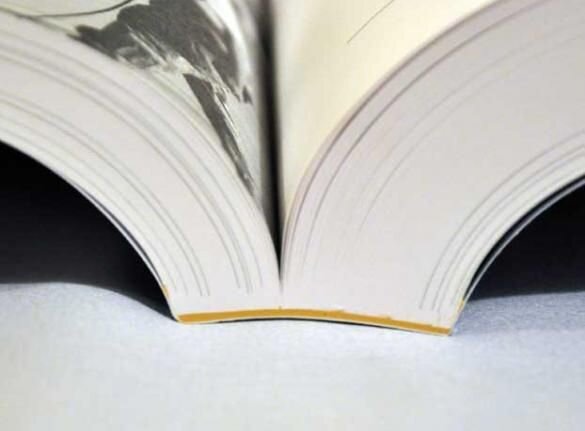
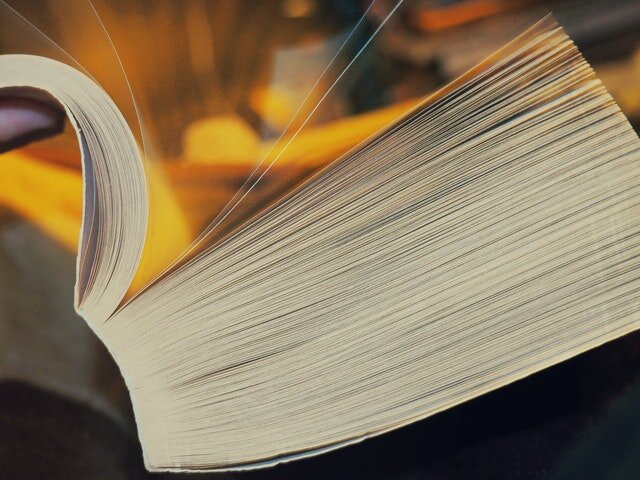
Perfect Binding
(20-150 Pages)
Perfect Binding is a method of bookbinding where a flexible glue attaches a cover to the spine of assembled pages, giving the book a clean professional finish. An advantage of this method is being able to print information on the spine. This option is the perfect type of binding for large publications such as, annual reports, school year books and magazines.
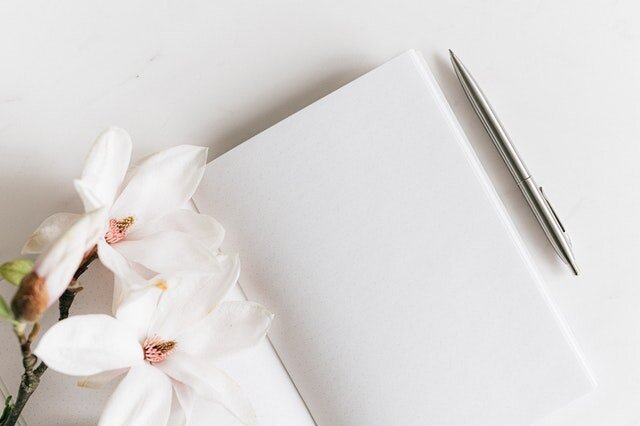
Saddle Stitched
(8-80 Pages)
Books are saddle stitched by folding sheets of paper in half, one inside the other and stapling along the fold line (spine) to form a booklet. Commonly two staples are used, but larger books may require more. This is an economical option for publications with few pages, for example short run magazines, children’s books and catalogues.



Wire Binding
(10 - 140 Pages)
For this binding method, a series of holes are punched along the spine and then a formed wire is threaded through the holes to hold the pages together. Wire loops are available in black, white and red. Wire bound booklets will open easily and lie flat on a desk or table making them a popular choice for diaries, technical manuals, cookbooks and calendars.
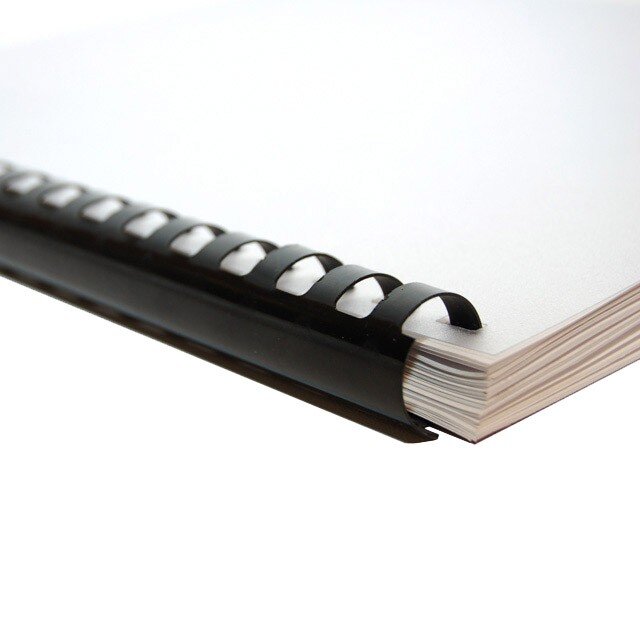
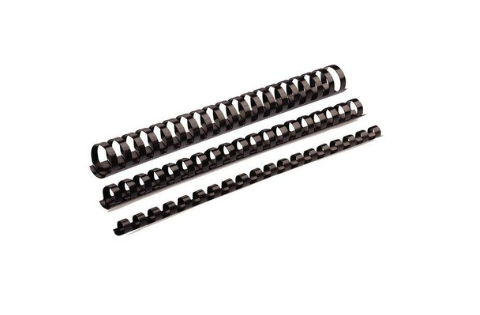
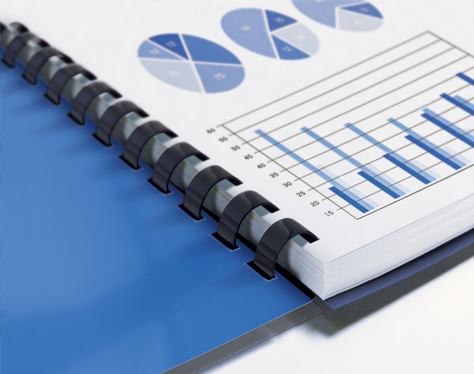
Plastic Binding
(10 - 450 Pages)
A method where a series of rectangular holes are punched along the spine edge. A plastic comb is then threaded through the holes to hold the pages together. A functional method with the option to add more pages by reopening and closing the flexible plastic comb. This method generally includes a clear cover and card back. Plastic combs are available in black, white and speciality colours on request. A practical binding option for reports, manuals, assessments or documents that you need bound fast and cost effectively.

